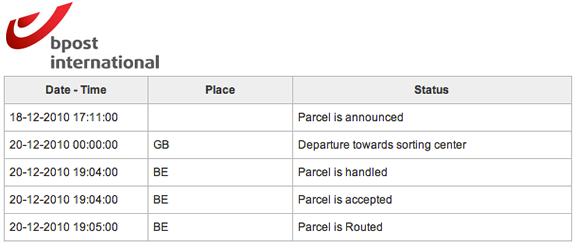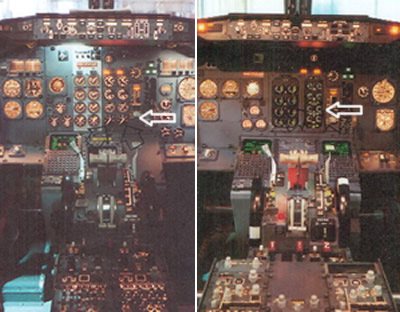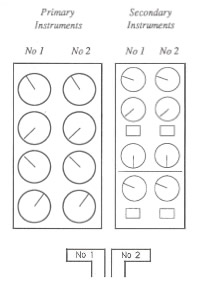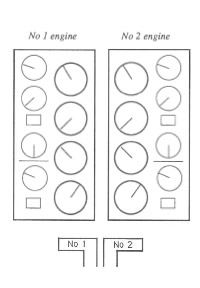Smart meters. What will happen Vs. what could happen
Smart meters are the Next Big Thing at the Energy companies.
Over the next 11 years every household in Britain will receive Smart Meters, one for gas and one for electricity. This project will be one of the largest infrastructure projects to have taken place since the Second World War.
I’m going to get a Smart Meter? Whoppeeedo!
Whilst the idea is compelling to the companies themselves, I don’t see them answering the question “so what” in a particularly compelling way. They try, talking about “providing you with much more information on your energy consumption allowing you to be more fuel efficient and save money”, but really. So what?
(This calls to mind a quote from Jurassic Park where the Jeff Goldblum character says “Yeah, but your scientists were so preoccupied with whether or not they could, they didn’t stop to think if they should”.)
Just because I can control my boiler from my iPhone when I am away from home…. well why should I? What is the point? What is the customer need that smart meters are fulfilling?
That is not to write off smart meters. But what else could they do? What new business models could they inspire?
How about introducing gamification to the way people monitor their energy consumption. What if the customer could win recognition as being the most energy efficient in their street? What if gamification could be used as a reward for more energy efficient behaviour? What if it enabled people to trade their energy usage within their social network?
Lot’s of big ideas but I don’t hold my breath so see anything innovative coming to market anytime soon. Marketing departments may dream of such things but I don’t see them gaining traction when IT are tasked with rolling out functional requirements for mundane, pedestrian and unimaginative use cases.
Yet might there be a different way?
Dear Energy Provider. What if you carve out a niche within the larger smart meter project to build a test and learn capability? A capability that can rapidly develop ideas and take them to market as experiments, product betas. A place where technology is less of a concern than the idea. Many of the usual non-functional requirements can take a back seat as you take the concept to consumers. a place where the idea has to prove itself cheaply for real, or fail fast.
An interesting aside, the way that Mumsnet have developed a community site that attracts 25k per day:
Essentially, we started with a blank piece of paper, viewing ourselves as a platform provider, with the understanding the site had to be developed in collaboration with mumsnetters at every stage.
The most important factor has been letting the community direct progress and listening to what they want – almost all innovations, new site and product developments at Mumsnet are derived from members suggestions.
This happens on a day-to-day basis: we view the site as an ongoing beta or focus group. Most recently this has led to our ‘Off the Beaten Track’ section, covering sensitive issues which which users’ requested not to be indexed by Google. Their feedback and suggestions have also been instrumental to the design of our soon-to-launch mobile app.
What if, instead of rolling out Smart Meters to customers and extolling the virtues of how good the pedestrian things they do are, what if the energy providers derived new product innovations based on the smart meter technology through their customer suggestions.
And thinking more radically, what if they unlocked their data that the smart meters provide and let the community develop innovations (as with the UK government’s Open Data initiative). There’s lots of new business models, new ways of working. But again, I don’t hold my breath for anything inspiring anytime soon.
Image credit: Todd Smith






